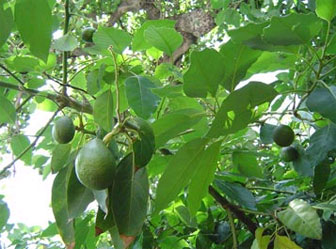California agriculture could plunge due to global warming
California agriculture could plunge due to global warming
mongabay.com
December 4, 2006
Higher temperatures could cause a 40 percent drop in some of California’s most popular crops by mid-century according to new research in the journal Agricultural and Forest Meteorology. Almonds, walnuts, oranges, avocados and table grape could be especially affected.
Using more than 20 climate models, researchers from Lawrence Livermore National Laboratory evaluated the impact of climate change on six major perennial crops — crops that are only planted every 25-40 years — in California: wine grapes, almonds, table grapes, oranges, walnuts and avocados. They found that wine grapes will “undergo very small changes in yield over the next century because of climate change” but that almonds, table grapes, oranges, walnuts and avocados show “moderate to substantial yield declines” including a 40 percent drop in avocado yield.
“Climate change should be an important factor in selecting perennial varieties and deciding whether and where they should be planted in California,” said David Lobell, a researcher at Lawrence Livermore National Laboratory and lead author of the paper. “This study indicates that warmer temperatures will tend to reduce yields of these crops in their current locations.”

|
“The impacts are based on the assumption that farmers do not move to other locations with more favorable climates. With long-lived perennial plants, moving to another region within California is somewhat limited,” Lobel added.
According to a media release from Lawrence Livermore National Laboratory, “The research did not include the effects of an increase in CO2 in the atmosphere or farming modifications due to increasing temperatures and less rainfall… [but] did take into account for a variety of mechanisms that can influence yields in a changing climate, such as plant physiological processes, climate-related influence of pests, pathogens and air pollution.”
This article is based on a news release from Lawrence Livermore National Laboratory.